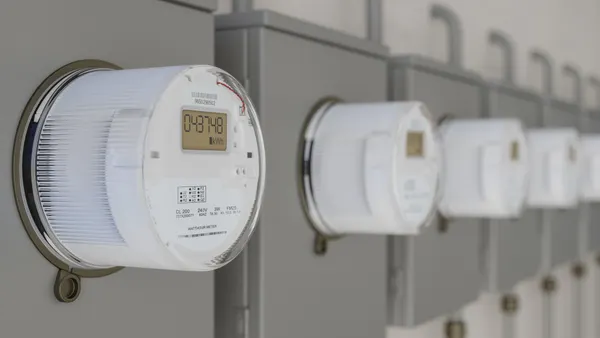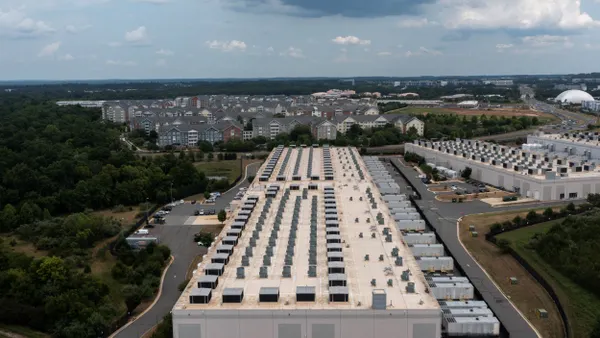The following is a contributed article by Reed Hundt, CEO of Coalition for Green Capital.
"U.S. stocks opened sharply lower today but quickly turned positive before falling back into negative territory," and now, "administration and Congressional leaders ... are moving closer to an economic stimulus package."
These aren't lines from stories this week. They are from the last major crisis the United States had — in 2008.
Like the 2008 financial crisis, Washington appears poised to respond with a stimulus package, largely of necessary short-term cash to citizens who have felt the brunt of the Coronavirus. But if President Donald Trump stops there, he would repeat the mistake that President Barack Obama made in the 2009 stimulus: Not using the opportunity to create long-term infrastructure investment.
Such an investment will not only stabilize the markets, but complete the transition to a clean economy from a carbon one.
The Coronavirus is today's collapse of Lehman Brothers. While we must address the immediate health and economic ramifications of the virus, that is not enough.
The 2009 stimulus fell short because the government largely just addressed the financial sector by bailing out the banks. To just address health care in this crisis would make the same mistake. This shock to the economy may be long as it was in 2008.
We need short-term measures to cope and long-term investments for rehabilitation.
This means Congress must provide long-term infrastructure investment. Included in that should be a robust downpayment for the National Climate Bank, an infrastructure bank. This type of fund finances projects alongside the private sector and then reinvests loan repayments in future projects.
A handful of states like New York, Connecticut and Michigan have such banks and have had success with even modest funds. Connecticut's Green Bank is leveraging funds with a private developer to install solar panels and increase energy efficiency for low income households.
Not only does the program move people to a green grid, it corrects racial and income disparities in solar adoption in the state. Since the program launched just a few years ago, solar penetration in Connecticut's low-income communities has increased 188% and over 800 low-income households have signed up to go solar.
If Congress provided funds for a national green bank, they could be issued at a near-zero rate. Because that is a rate well below inflation, repayment is nearly guaranteed.
On Sunday, the Federal Reserve cut already low interest rates even lower. At the same time, the market panic has pushed the yield on the U.S. 10-year treasury to record lows.
It means there is no better time to build the infrastructure we need for a clean, sustainable and resilient 21st century. We need to couple the rare and very low cost borrowing rates for government with very low cost lending to infrastructure.
In the years that followed the disappointments of the 2009 stimulus, the neoliberal consensus moved to express regret that the money then should have been spent on both short term cash distributions to people and long-term infrastructure. These views have been expressed publicly often by Larry Summers, Jason Furman and Paul Krugman.
If those views prevail now they mean that very low-cost government debt should be incurred in order to make extremely low cost investments in infrastructure.
Because we were timid in 2009 on long-term infrastructure investment, China took the lead as the driver of global investment, displacing the United States from the position it had occupied since World War II. It will take a lot to regain that position, but a good start would be to put money into infrastructure and a robust deposit into a national green infrastructure bank.
If we take this opportunity, we can finance more solar and wind generation, transmission lines and efficiency projects because the cost of capital would be so astoundingly low. Those low capital costs combined with low-cost deployment of proven and workable clean power systems present us an opportunity we will likely never have again.
As the markets are showing, our economy remains too exposed to the volatile price of carbon. The cost for building renewable power to replace carbon power would be the lowest it has ever been in our lifetime — or ever could be.
If we don't take this opportunity, the American people and future generations will look back wondering why we wasted yet another crisis.












